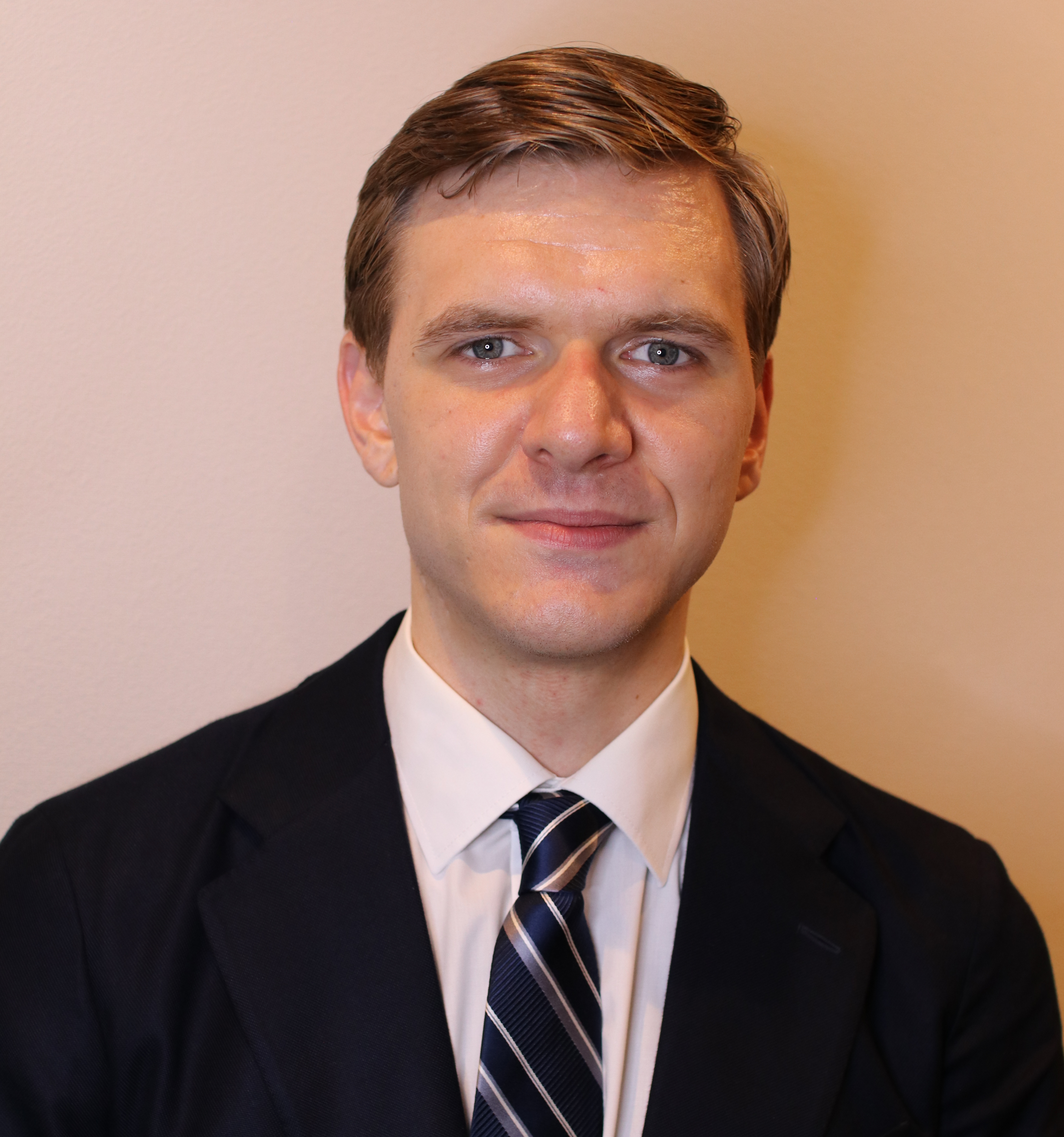The multicolour East model
Published in Preprint, 2022
This paper contains the second half of the results of my Ph.D. thesis.
Download paper and citation here.
Abstract
We consider the multicolour East model, a model of glass forming liquids closely related to the East model on \(\mathbb{Z}^d\). The state space \({(G\cup \{\star\})}^{\mathbb{Z}^d}\) consists of \(|G|\le 2^d\) different vacancy types and the neutral state \(\star\). To each \(h\in G\) we associate unique facilitation mechanisms \({\{c_x^{h}\}}_{x\in \mathbb{Z}^d}\) that correspond to rotated versions of the East model constraints. If \(c_x^{h}\) is satisfied, the state on \(x\) can transition from \(h\) to \(\star\) with rate \(p\in (0,1)\) or vice versa with rate \(q_h\in (0,1)\), where generally \(q_h\neq q_{h'}\) if \(h'\neq h\). Notably, vertices in the state \(h\) cannot transition directly to \(h'\neq h\) and neighbouring \(h'\)-vacancies do not contribute in satisfying \(c_x^{h}\). Thus, there is a novel blocking mechanism between vacancies of differing type. We find sufficient conditions on the model geometry to have a positive spectral gap and prove that with \(|G|=2^d\) the model is not ergodic. For \(d=2\) we prove that the model with \(|G|\le 3\) has positive spectral gap and we find sufficient conditions on the transition rates for the spectral gap to be given in the leading order by the spectral gap of the East model on \(\mathbb{Z}^2\) with parameter \(q_{\min}=\min_{h\in G}q_h\) in the limit \(q_{\min}\rightarrow 0\). In particular, we prove this when there are \(h\in G\) with \(q_h\gg q_{\min}\) by explicitly constructing mechanisms on which the frequent vacancy types cooperate to facilitate the East movement of the least frequent vacancies.
